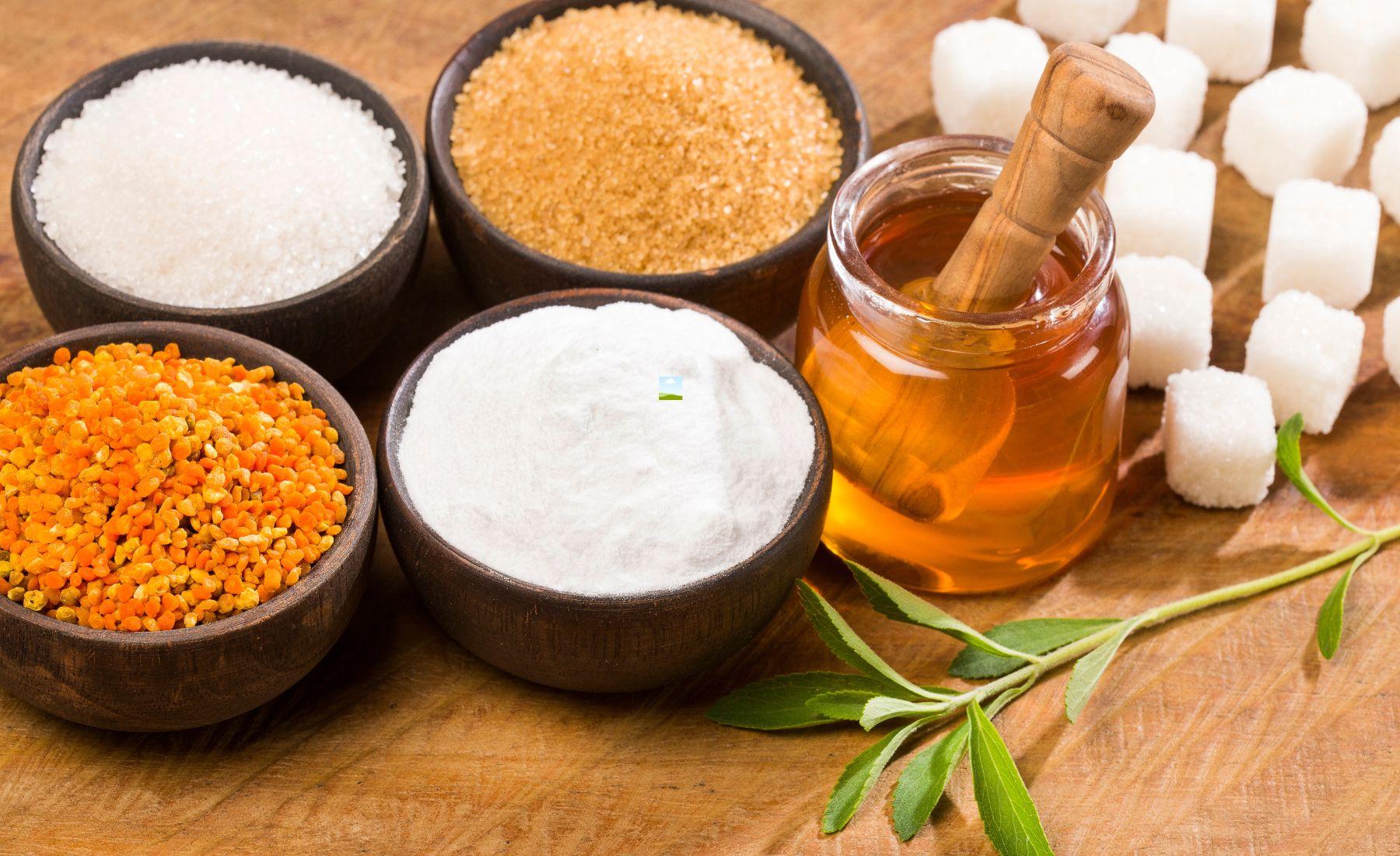Consumers across Latin America are rethinking their relationship with sugar. Rising health awareness, lifestyle changes, and demand for clean-label foods are driving a shift toward natural alternatives. From stevia grown in Paraguay to agave syrup sourced in Mexico, the Latin America natural sweeteners market is witnessing strong growth as people seek healthier, plant-based options without compromising taste.
In this blog, we’ll dive into the key drivers, trends, challenges, and opportunities shaping this market, along with insights into consumer behavior and future growth potential.
Understanding Natural Sweeteners
Natural sweeteners are sugar substitutes derived from plants, fruits, and other natural sources. They are gaining traction as alternatives to artificial sweeteners and refined sugar. Popular options in Latin America include:
-
Stevia: A zero-calorie sweetener widely cultivated in Paraguay and Brazil.
-
Agave nectar: Extracted from the blue agave plant, commonly produced in Mexico.
-
Honey: A traditional natural sweetener used across the region.
-
Monk fruit and coconut sugar: Emerging options gaining popularity among urban consumers.
These sweeteners are often marketed as healthier choices, offering reduced calorie intake, low glycemic index benefits, and alignment with the region’s growing wellness culture.
Key Drivers of the Latin America Natural Sweeteners Market
Several factors are pushing the market forward:
-
Rising health concerns: Growing rates of obesity, diabetes, and heart disease have encouraged consumers to reduce sugar intake.
-
Government initiatives: Many Latin American countries are implementing sugar taxes and front-of-pack labeling laws to promote healthier diets.
-
Expansion of functional foods: Demand for beverages, snacks, and dairy products with natural sweeteners is on the rise.
-
Clean-label movement: Shoppers increasingly look for products free from artificial ingredients and chemicals.
Market Trends Shaping Consumer Preferences
The Latin America natural sweeteners market is evolving in line with global trends but also has unique regional characteristics:
-
Stevia’s dominance: As a native plant, stevia enjoys widespread acceptance and availability.
-
Agave export growth: Mexico is not only using agave domestically but also becoming a major exporter to North America and Europe.
-
Plant-based diets: Vegan and vegetarian lifestyles are fueling demand for natural sweeteners in dairy alternatives, smoothies, and baked goods.
-
E-commerce channels: Online platforms are helping niche and premium sweetener brands reach urban consumers.
Challenges Facing the Market
Despite growth opportunities, the industry faces hurdles that need careful navigation:
-
Pricing concerns: Natural sweeteners often cost more than refined sugar, limiting adoption among price-sensitive consumers.
-
Supply chain volatility: Weather patterns, crop yields, and farming practices can impact the availability of key sweeteners like agave and stevia.
-
Taste differences: Some natural sweeteners, such as stevia, have a bitter aftertaste that can deter consumers.
-
Regulatory variations: Different countries in Latin America have varying rules on labeling and use of natural sweeteners, creating complexity for producers.
Opportunities for Growth
As the market matures, businesses have opportunities to expand their presence through innovation and strategic partnerships:
-
Product diversification: Combining natural sweeteners with functional ingredients like probiotics or plant proteins.
-
Expansion in beverages: Natural sweeteners are increasingly used in energy drinks, flavored waters, and non-alcoholic beverages.
-
Local sourcing and branding: Highlighting regional origins, such as Paraguayan stevia or Mexican agave, appeals to conscious consumers.
-
Collaborations with food manufacturers: Partnering with major FMCG companies to reformulate products with healthier sweetening options.
Country-Level Insights
-
Brazil: Leading producer and consumer of stevia, with strong government support for health-conscious initiatives.
-
Mexico: Dominates agave production, fueling both domestic consumption and global exports.
-
Chile: Early adopter of strict sugar labeling laws, creating demand for natural alternatives.
-
Argentina: Rising consumer awareness is boosting use of natural sweeteners in processed foods and beverages.
Future Outlook of the Latin America Natural Sweeteners Market
The market is expected to grow steadily as consumer habits continue to evolve. Key trends for the future include:
-
Broader availability of monk fruit and coconut sugar as imports increase.
-
Rising demand from the foodservice sector as cafes, bakeries, and restaurants promote healthier menu options.
-
Technological advances improving taste and blending properties of natural sweeteners.
-
Stronger alignment with sustainability, as consumers prefer eco-friendly farming and fair-trade sourcing practices.
FAQs: Insights from Google’s People Also Ask
What are the most popular natural sweeteners in Latin America?
Stevia and agave syrup are the most widely used, with honey also holding a strong presence across the region.
Why is demand for natural sweeteners growing?
Rising health concerns, government regulations, and consumer preference for clean-label foods are driving adoption.
Are natural sweeteners healthier than sugar?
Yes, many natural sweeteners have fewer calories, lower glycemic impact, and added benefits, though moderation is still important.
Which countries in Latin America lead in natural sweetener production?
Mexico leads in agave syrup, while Paraguay and Brazil are major producers of stevia.
How is the food industry using natural sweeteners?
They are commonly used in beverages, dairy alternatives, baked goods, and snacks to reduce sugar content while maintaining taste.

